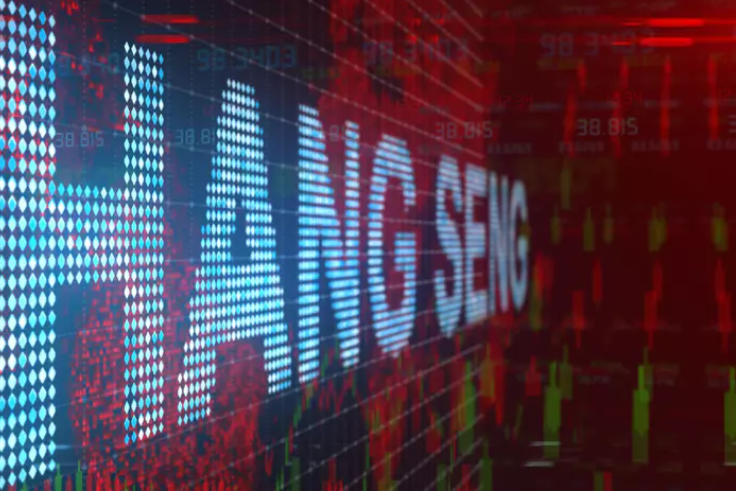
Florala Chen
Mar 06, 2023 17:24

It was a bullish Friday session, with the CAC and DAX seeing gains of 0.88% and 1.64%, respectively. However, the FTSE 100 trailed the front-runners, rising by just 0.04%, with a stronger GBP/USD pegging the 100 back from a more meaningful move.
Early in the day, private sector PMI numbers from China and the euro area were positive. Following impressive Caixin Manufacturing PMI numbers from China, the Caixin Services PMI was also positive, with the PMI rising from 52.9 to 55.0.
Later in the session, the Fed talk of ‘slow and steady’ resonated, with a solid ISM Non-Manufacturing PMI survey also bullish.
The NASDAQ Composite Index and the S&P 500 responded to the stats and shift in Fed sentiment, rising by 1.97% and 1.61%, respectively. The Dow gained 1.17%.
German trade data drew interest ahead of service and composite PMIs. The German trade surplus widened from €9.7 billion to €10.8 billion in January, suggesting a less gloomy macroeconomic environment.
For the Euro area, the Services PMI increased from 50.8 to 52.7, down from a prelim 53.0. The Composite PMI rose from 50.3 to 52.0, down from a prelim 52.3.
According to the Finalized Composite Survey,
The Eurozone economy expanded at its most marked pace since June 2022.
Incoming new business increased for the first time since May 2022, though new export sales fell for a twelfth consecutive month.
Business confidence rose to a 12-month high but sat below pre-Ukraine war levels.
Firms continued to hire across the private sector, with the pace of hiring above the series average.
Across the manufacturing sector, input price inflation slowed, while service sector companies reported a sharp increase in operating costs because of wage pressures.
By member state, Spain ranked first, with the Composite PMI hitting a nine-month high of 55.7. German sat at the bottom of the table, with an eight-month high of 50.7.
The US economic calendar drew plenty of interest, with the all-important ISM Non-Manufacturing PMI survey in focus.
In February, the ISM Non-Manufacturing PMI slipped from 55.2 to 55.1, signaling a positive service sector outlook. Significantly, the ISM Non-Manufacturing Employment Index jumped from 50.0 to 54.0, suggesting that firms have yet to reach the top side of hiring.
While the stats supported a hawkish Fed, a shift in sentiment toward the Fed policy outlook delivered support for riskier assets. FOMC Member Bostic broke from the recent hawkish rhetoric, favoring a ‘slow and steady’ hand and a 25-basis point rate hike. The comments resonated on Friday.


Mar 06, 2023 17:13